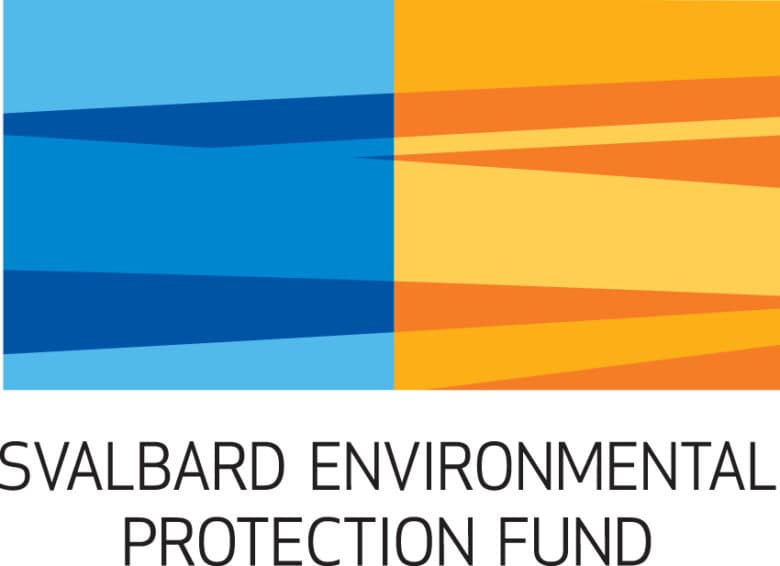
Investigations of climate change and degradation of archaeological cultural environments in Svalbard (CLIMARCH)
Burial sites from the whaling era of the 17th and 18th centuries constitute one of the oldest and most vulnerable archaeological cultural environments in Svalbard. Until now, the graves have been exceptionally well preserved due to the cold climate and permafrost. Now, however, researchers have shown that this unique archaeological heritage is deteriorating more rapidly as a result of climate change.
The research project is the first part of a long-term research plan organised by NIKU called (CLIMARCH): Studies on Climate Change and the Degradation of Archaeological Environments in Svalbard (RIS-id 12194). The project aims to identify links between climate change and the increasing degradation of archaeological cultural environments in Svalbard, and to highlight the unique cultural and historical values that are being lost as a result.
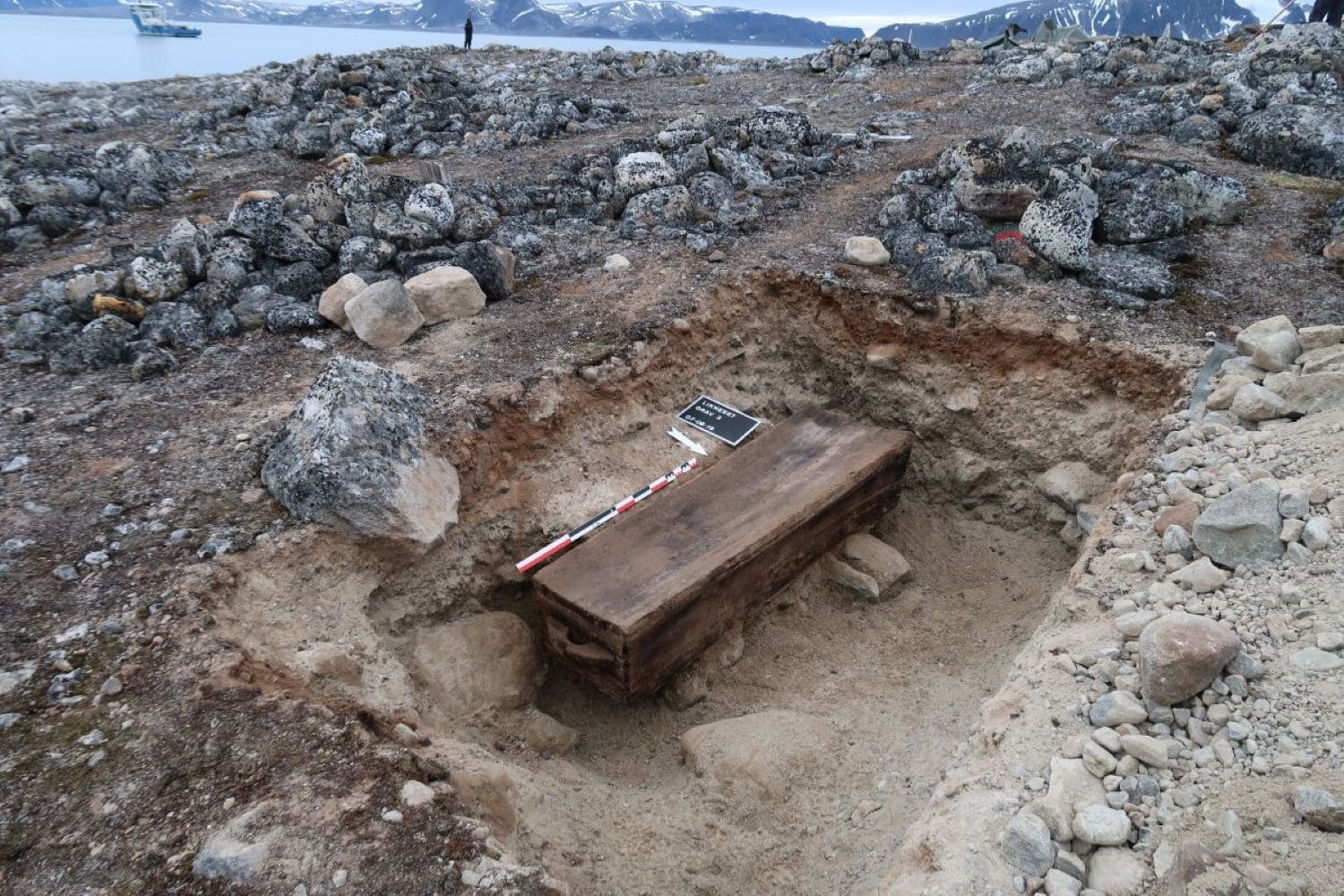
Comparing the condition and preservation state of graves
The project has received a grant from the Svalbard Environmental Protection Fund to reexamine whalers burial sites excavated in Smeerenburgfjorden, Northwest Spitsbergen National Park, between 1985 and 1990. The studies include preserved skeletons and textiles from the large burial sites at Likneset, Jensenvatnet, Smeerenburg and Ytre Norskøya, which together contain around 600 graves. This is a large and well-preserved archaeological record that is rarely found in other contexts.
The aim of the project is to compare the condition and degree of preservation of these graves with newly excavated graves from the same area in 2016/2019. This will allow us to assess whether preservation conditions have changed in recent decades as a result of climate change. We are also documenting traces on the skeletons that may give us new insights into the health and living conditions of the whalers. Additionally, we are mapping aspects of the textiles that can tell us about the social status of individuals and their role in the whaling industry.
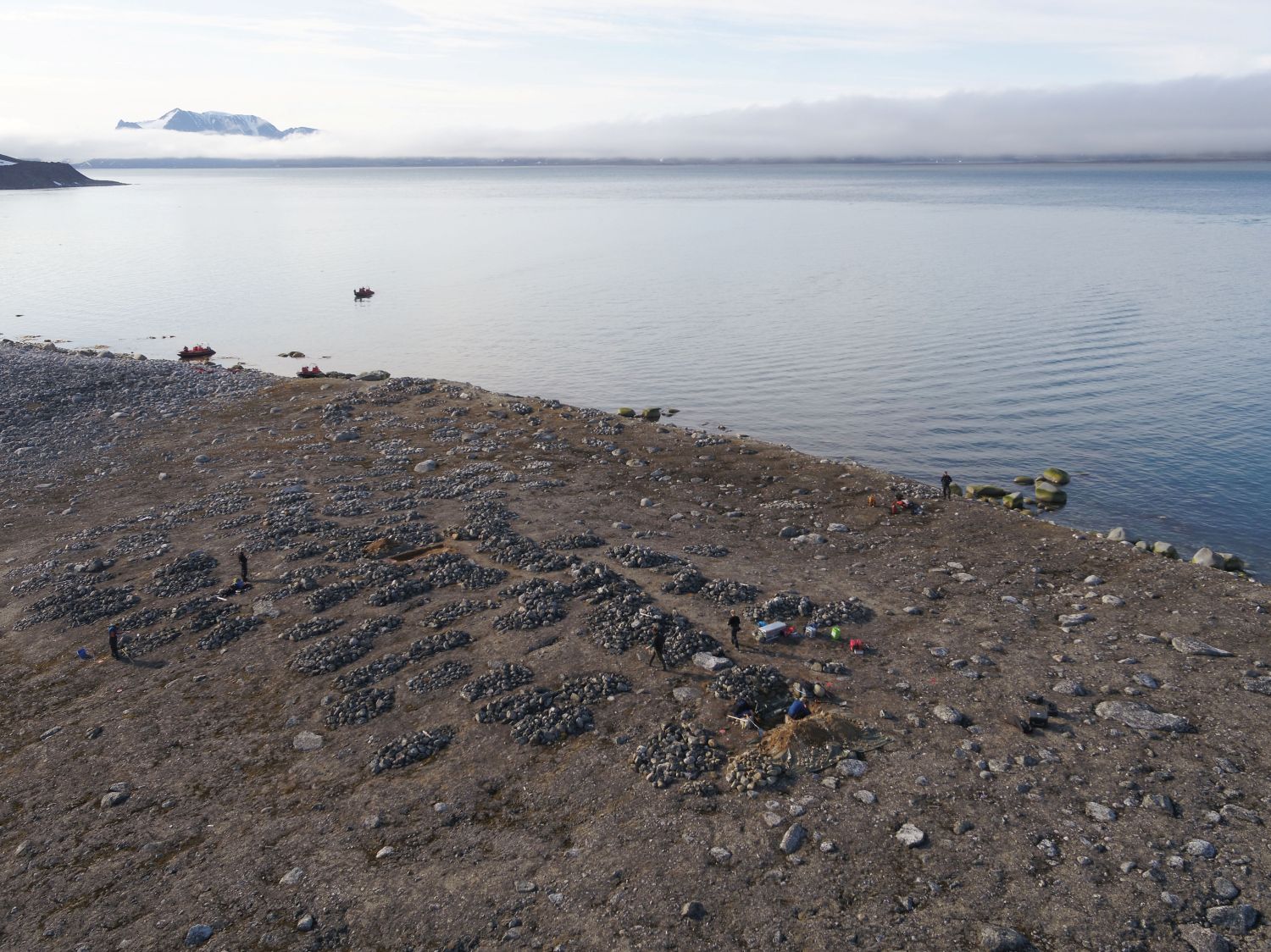
Climate change has significant consequences for the cultural environment
We have recently completed the first part of the project, which includes new osteological analyses of the skeletons from Likneset. Read the full report here (NO).
The results show that the rapid climate changes documented in Svalbard over the last 30-40 years have had a major impact on the cultural environment. A warmer climate leads to more extreme weather with more precipitation, landslides and soil seepage (solifluction), which changes the landscape. The extent of permafrost is decreasing and the active layer is thawing deeper and deeper. Combined with less sea ice and more waves towards the coast, this contributes to increased sediment leaching towards the coastal cultural environment.
At Likneset we have documented that many graves are destroyed by such erosion events, including soil seepage, landslides and cracking of the subsoil. The coffins collapse, exposing skeletal and textile material to the ingress of sediment, water and oxygen. Taken together, these processes contribute to the escalation of microbial degradation of the archaeological material. Ongoing assessments also show that textiles in particular are now deteriorating faster compared to those found in the 1980s.
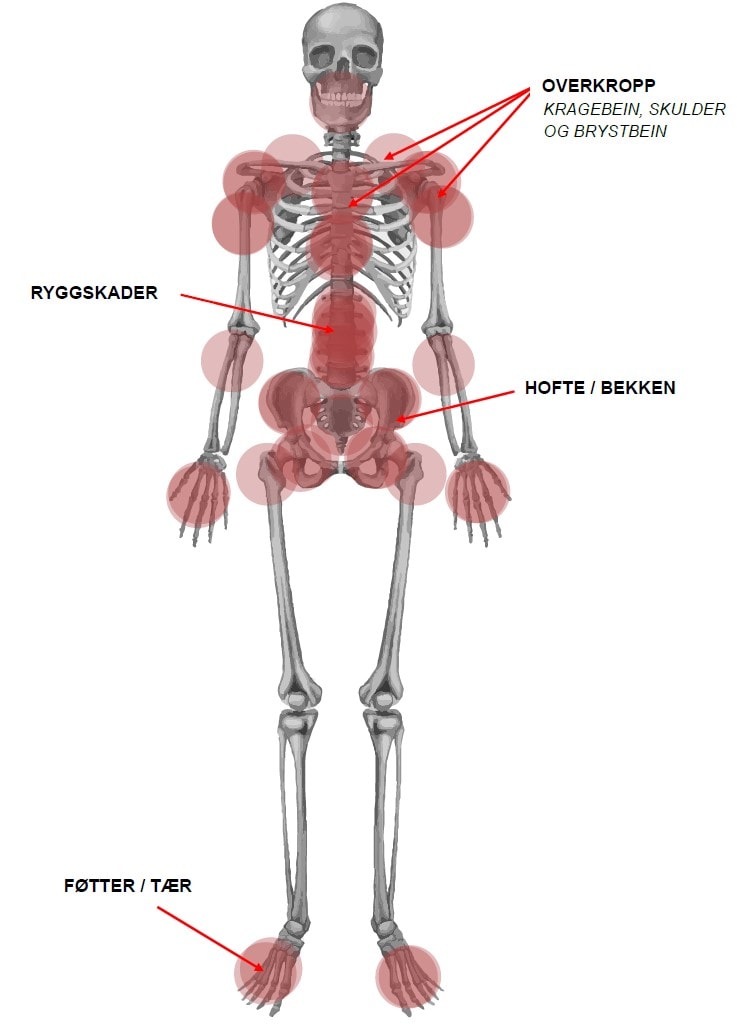
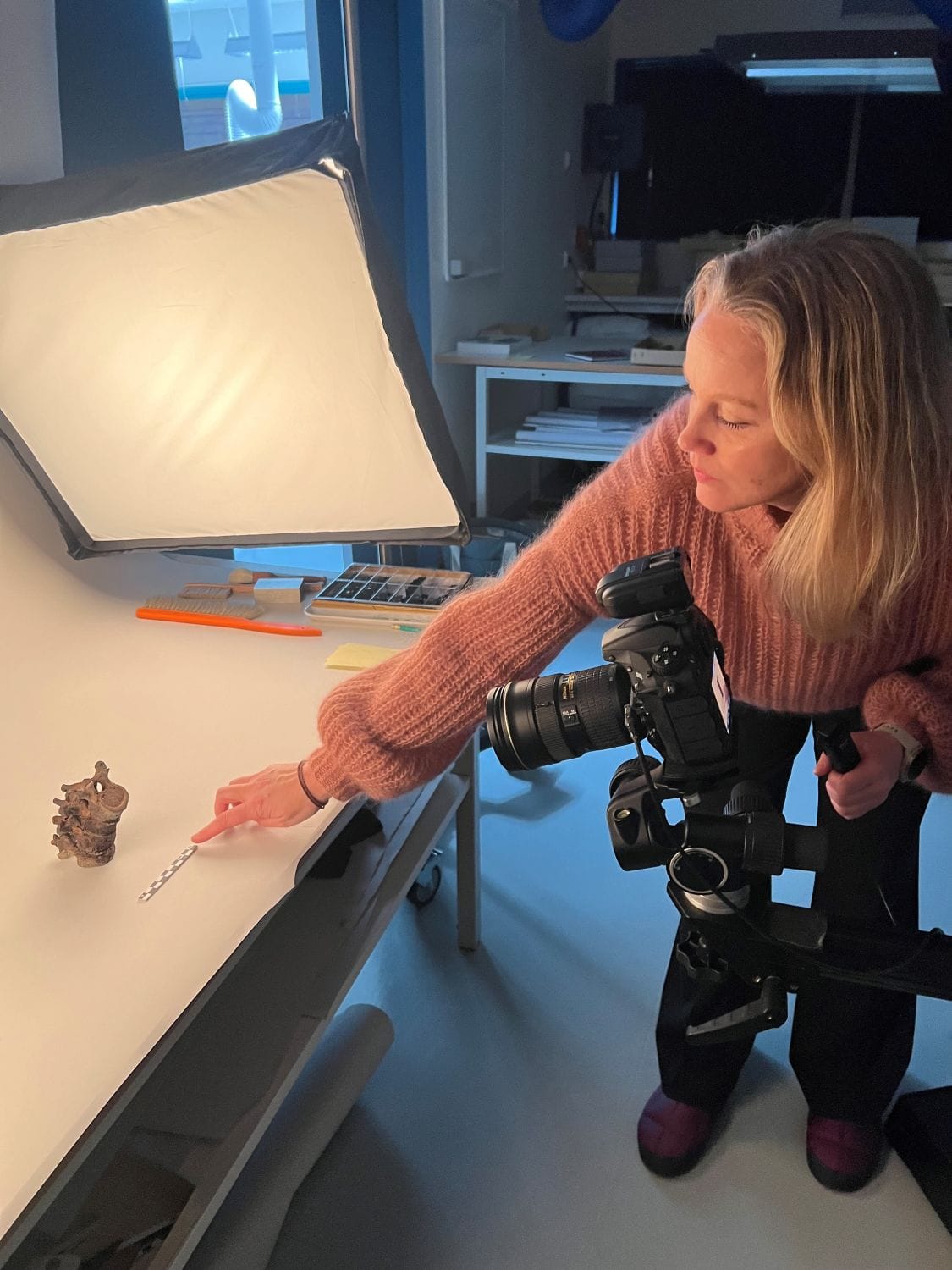
The examination of the skeletons has also revealed a considerable number of details about the health and living conditions of the whalers. The skeletons at Likneset show that the whalers lived a hard life with periods of malnutrition and illness. Scurvy is the likely cause of death for most of them, a disease that is fatal after a short time without access to vitamin C. Traces in the skeletons show that most of them lived a life of hard and extensive labour from a very young age. Many also show signs of wear and tear, indicating heavy use of the upper body. They may have had specific tasks in the whaling, such as rowing, paddling, harpooning or similar.
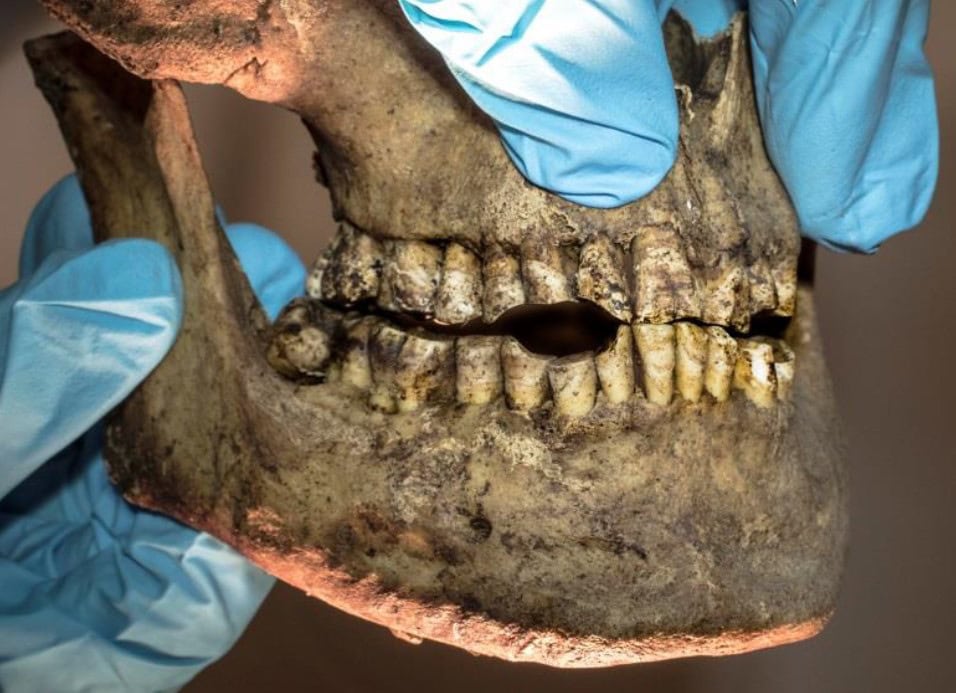
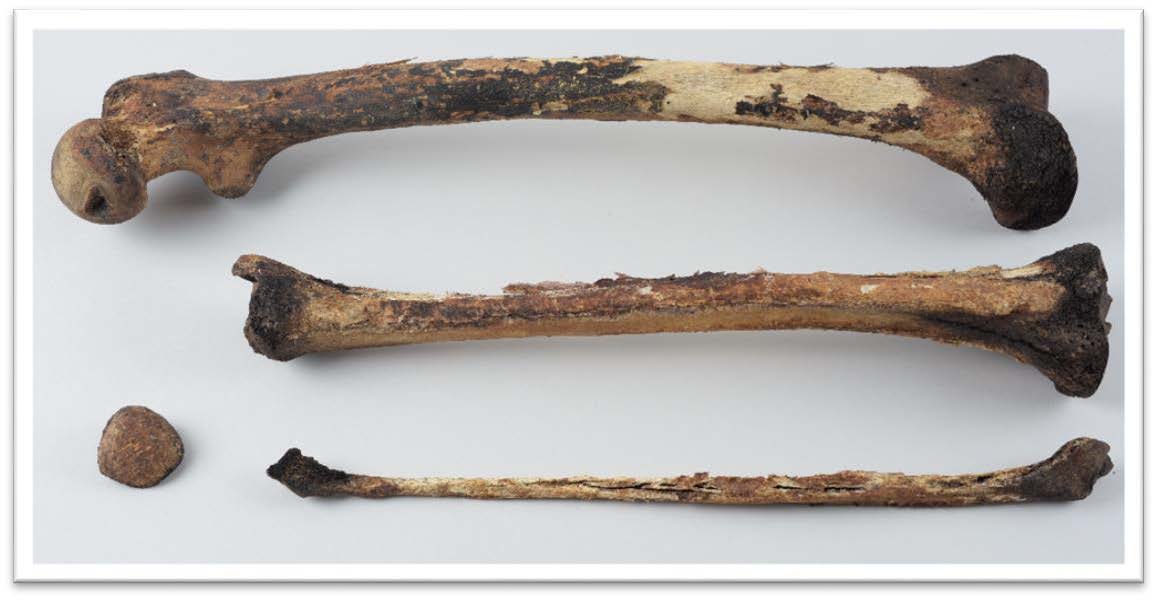
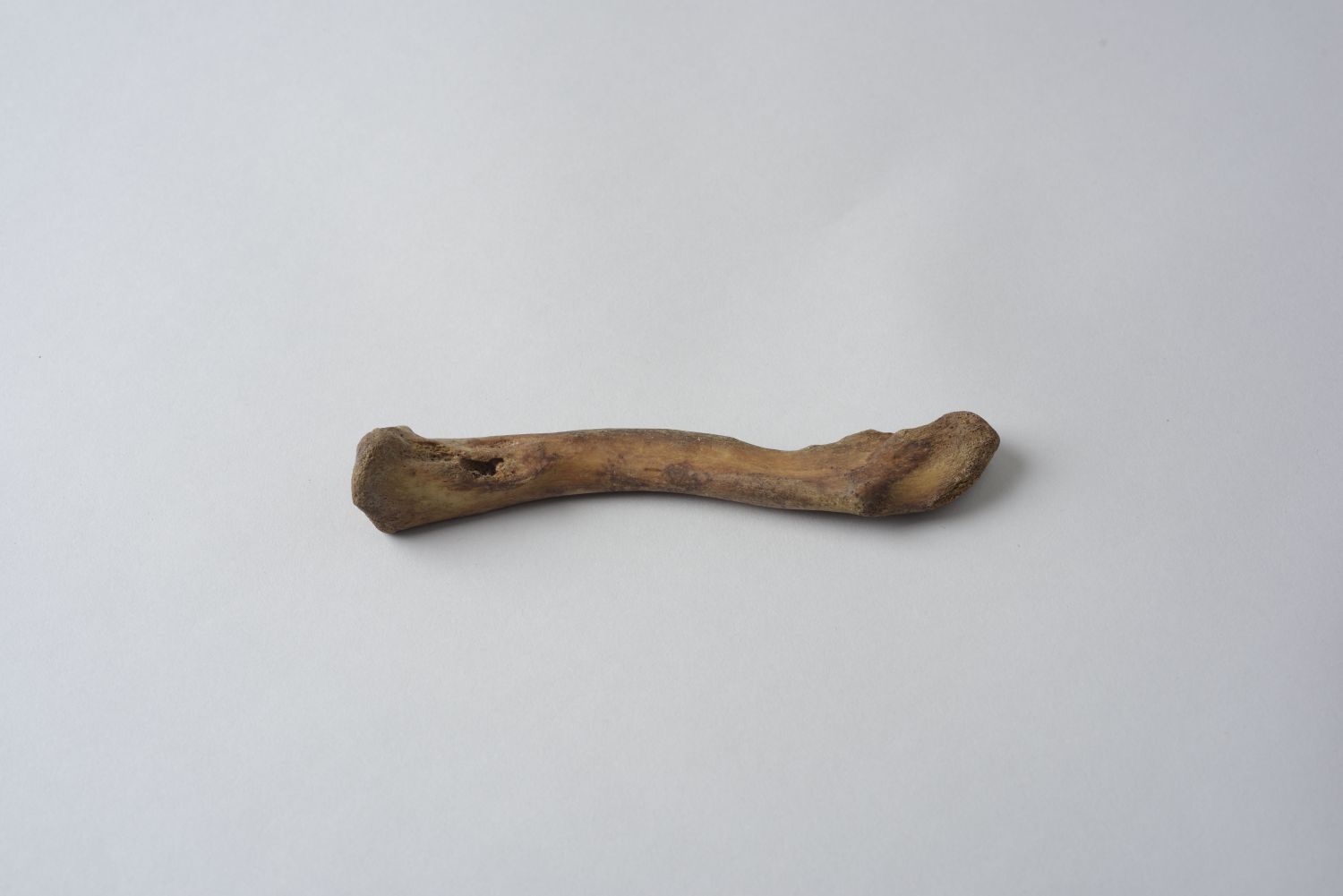
Critical need for research
Although they were poor people, there are signs of social differentiation among the whalers buried in Svalbard. For example, the average stature at Likneset is significantly higher than at other burial sites in the area, which may indicate that they had better social and economic conditions when they were growing up. We also believe that this is reflected in the amount and type of clothing they brought to the grave, as we know that the deceased’s clothes could be auctioned off to raise funds for relatives back home.
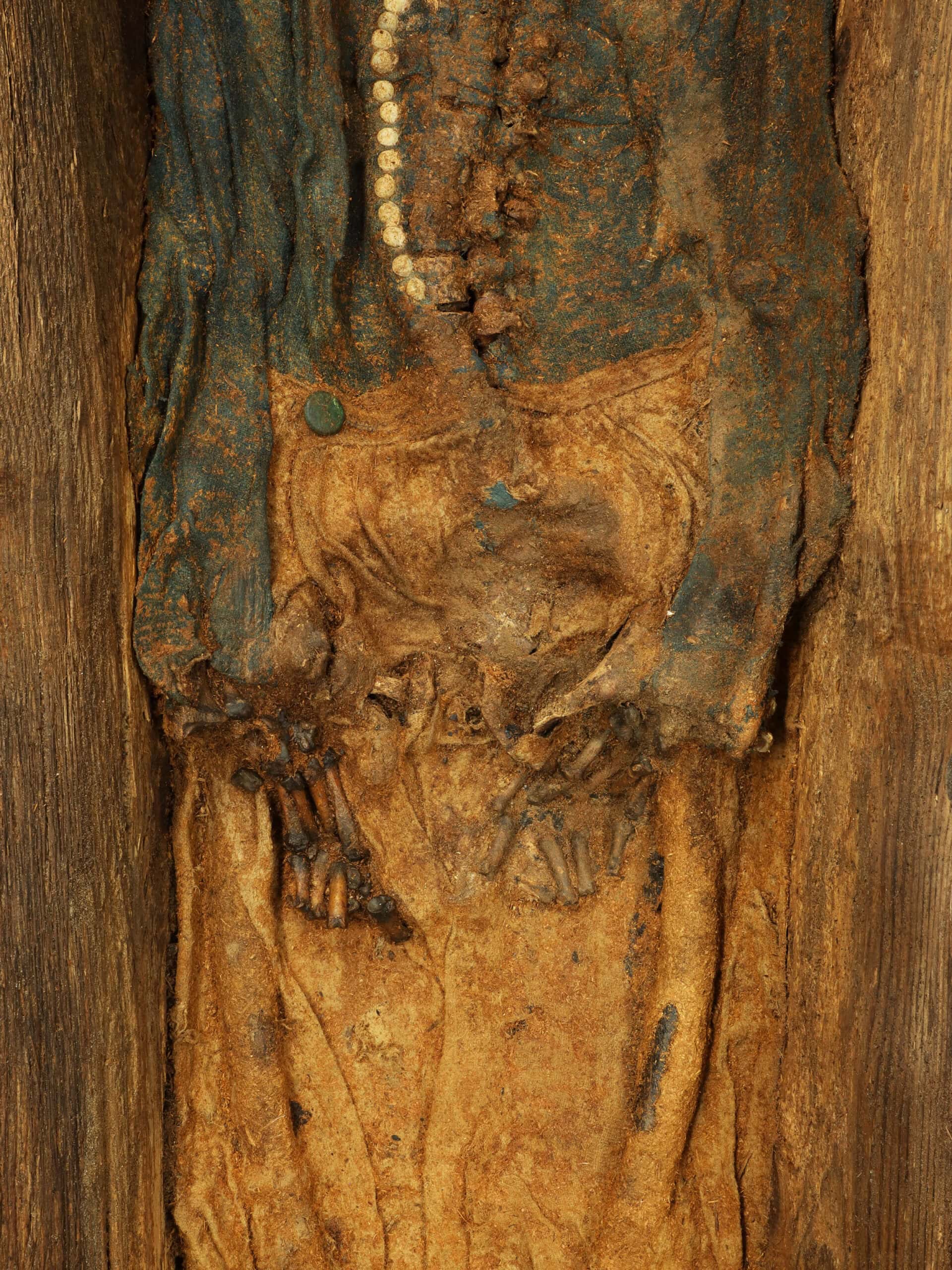
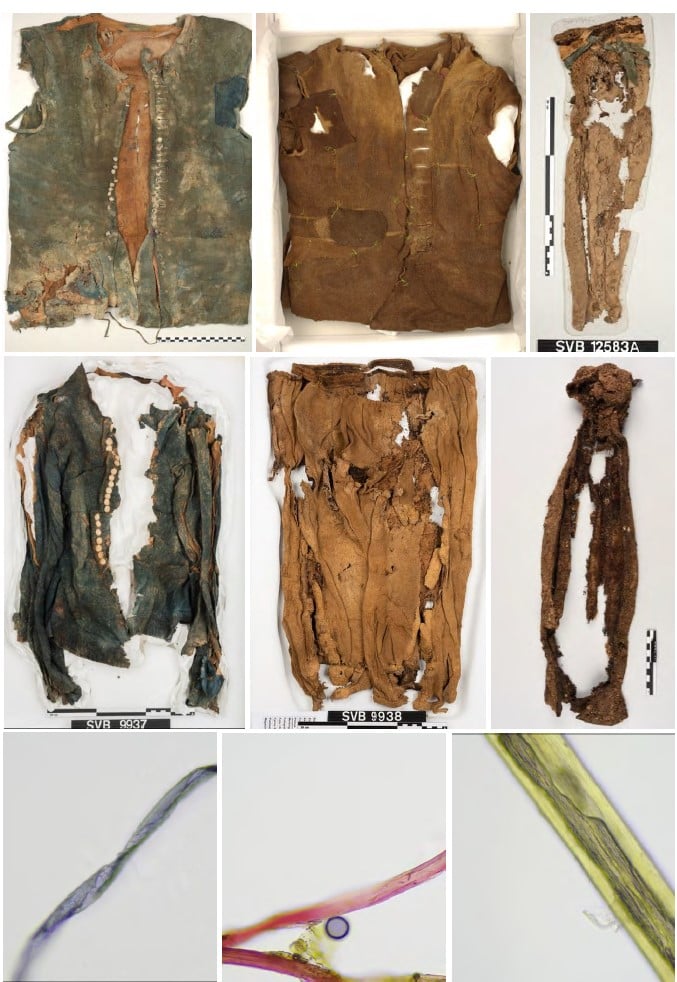
Ongoing analyses of the graves at Jensenvatnet and Ytre Norskøya show variations in skeletal and textile material that may indicate that the burial sites in Smeerenburgfjorden were used by different groups, which we will investigate further in future studies. This may be due to different periods of use, but also to the social status/profession/role of the individuals, or the national affiliation of the employer (fleet/ship). It should be noted that aDNA and isotope analyses of a selection of skeletons from Smeerenburgfjorden indicate national diversity among the participating whalers. It may therefore be inappropriate to treat the burials according to national affiliation, even though the whalers represented different nations through their employers. We suggest that the material should be treated as a common European cultural heritage, regardless of nationality.
Our next reports (osteological analyses from Jensenvatnet and textile analyses from Likneset/Jensenvatnet) will be completed in 2025, when we will also begin to prepare the data for scientific publication. We will continue our work in systematically mapping the condition of archaeological finds, hoping to inspire other researchers to contribute.
In addition to project manager Lise Loktu at NIKU, osteologist and archaeologist Elin T. Brødholt (OUS) assists with osteological analyses. Brødholt works daily with forensic anthropological investigations and is affiliated with the Section for Forensic Pathology and Clinical Forensic Medicine at Oslo University Hospital (OUS). She also conducts osteological examinations of archaeological skeletal material on behalf of research institutions and museums.

Kontakt oss
Lise Loktu is the project mananger. Contact her if you have any questions about this project.
Kontakt

